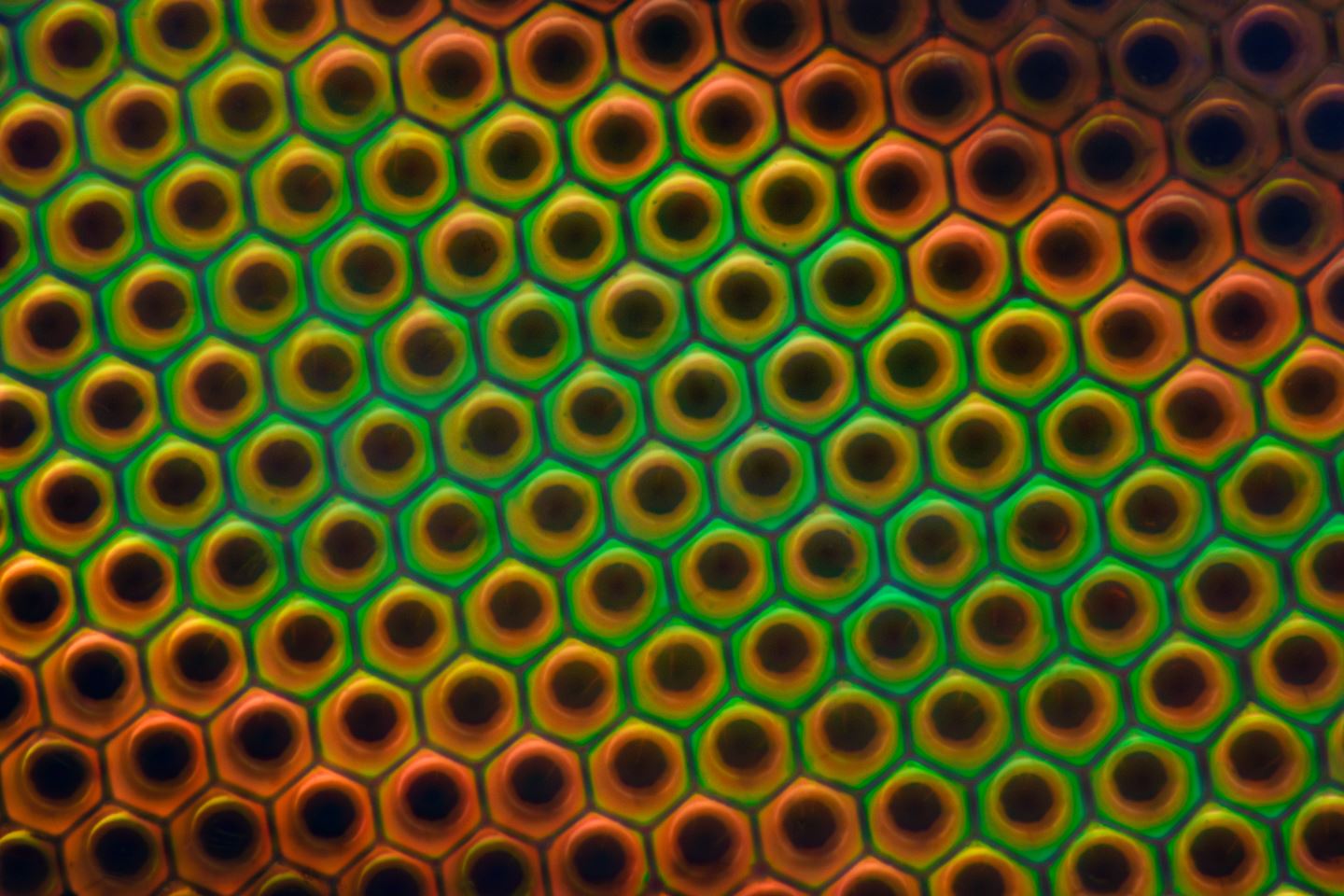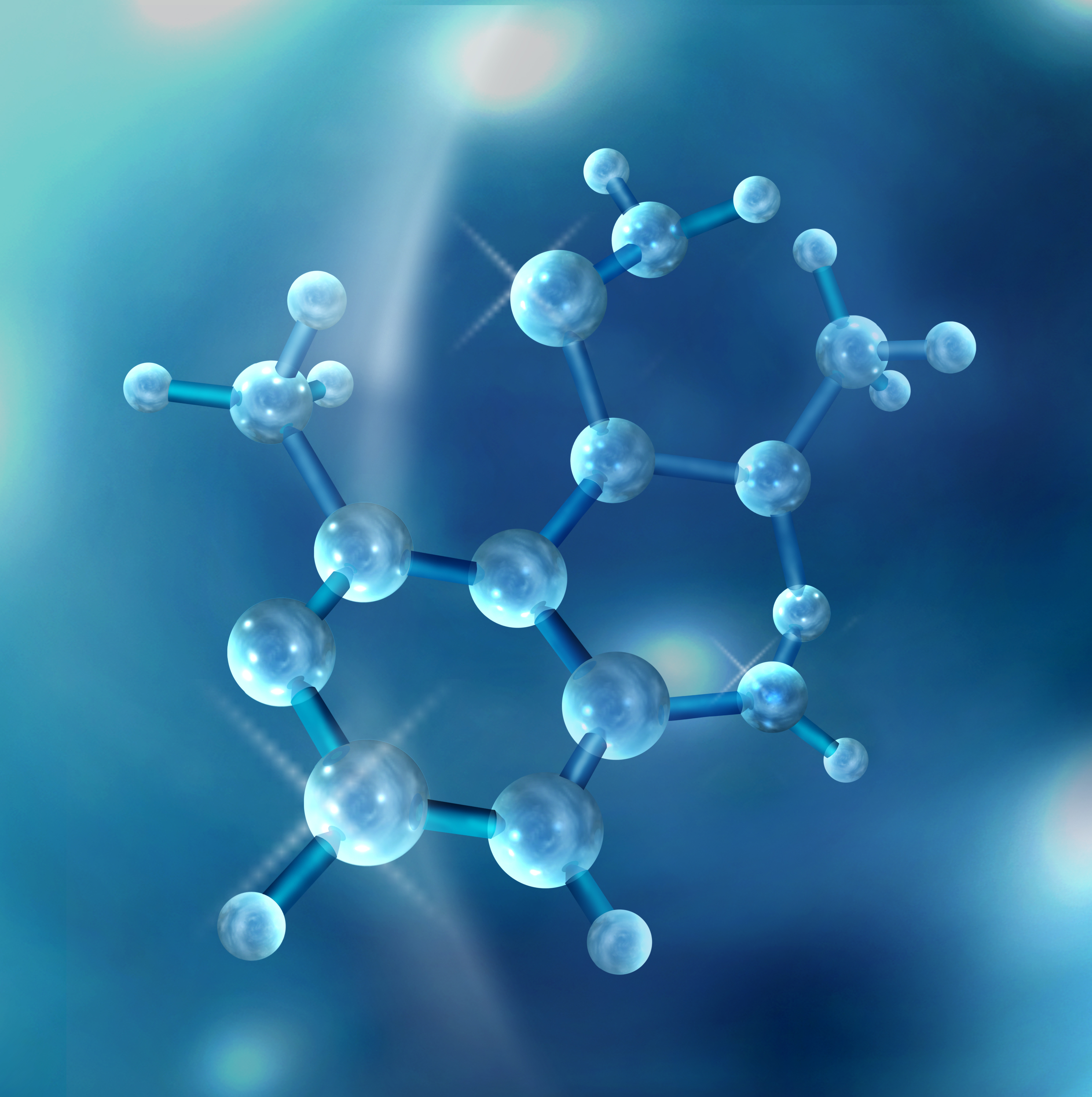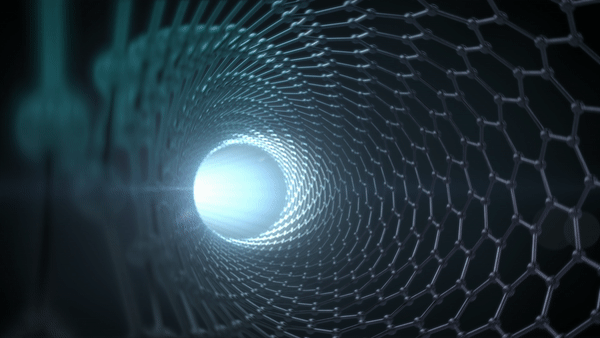Technology and the Plan
Part 2: Working with Nature’s Patterns
“The entire mineral kingdom will be spiritualised by man…with the ‘plough of his spirit’… To a great extent this will be brought about by oscillating electricity no longer requiring wires. Here man will be working right into the molecules and atoms. At the end of the Fourth Round he will have transformed the entire mineral kingdom.” Rudolf Steiner
In Electric Tension and Sacred Space, we explored how hexagonal patterns of electricity are at work in nature, not only building all lifeforms, but also determining the way consciousness functions through them. A pattern of hexagons is the shape that best fills a space with equal size units leaving no wasted space. It produces the smallest perimeter for a given area due to the hexagon’s 120-degree angles, and the pull of surface tension in each direction makes it the most mechanically stable too. These are some of the reasons why even though bees make their honey combs with circular units, as the wax hardens into place it forms an hexagonal structure.
 |
 |
| Compound eye of horsefly |
The compound eyes of insects such as the horsefly are also formed of hexagons, and while the image they form is not as clear and detailed as the human eye, they have a much wider field of view, and are very good for detecting swiftly moving objects and their trajectories. An artificial compound eye has recently been developed by researchers at Tianjin University in China, one of the goals being to create 3-D location systems for robots, self-driving cars and unmanned aerial vehicles.
 Another striking example of hexagonal patterning is to be found in bioluminescent deep-water marine sponges. One such creature – the Venus flower basket – weaves its hexagonal ‘basket’ structure of glass fibres, out of the silicon in seawater. This glass skeleton typically has groups of six spicules intersecting at right angles which are similar in appearance and optical properties to the optical fibres on which the communication and information age is based. Technology is now close to taking another step along this path by designing hexagonal building patterns into computer chips.
Another striking example of hexagonal patterning is to be found in bioluminescent deep-water marine sponges. One such creature – the Venus flower basket – weaves its hexagonal ‘basket’ structure of glass fibres, out of the silicon in seawater. This glass skeleton typically has groups of six spicules intersecting at right angles which are similar in appearance and optical properties to the optical fibres on which the communication and information age is based. Technology is now close to taking another step along this path by designing hexagonal building patterns into computer chips.
As embedded intelligence finds its way into ever more areas of our lives, vast amounts of data are being generated that silicon-based computer chips are struggling to process. An innovative way of addressing this is to use carbon instead of silicon and transform the two-dimensional design of the chip into a three-dimensional architecture.
 Carbon nanotubes are based on the hexagonal structure of graphite and can be fabricated at low temperatures. This enables them to be built up in layers without interfering with the circuits beneath. Researchers at Stanford University and MIT have now built a new chip by stacking carbon nanotube circuits and memory cells on top of one another in honeycomb layers. The first prototype was produced in 2019.
Carbon nanotubes are based on the hexagonal structure of graphite and can be fabricated at low temperatures. This enables them to be built up in layers without interfering with the circuits beneath. Researchers at Stanford University and MIT have now built a new chip by stacking carbon nanotube circuits and memory cells on top of one another in honeycomb layers. The first prototype was produced in 2019.
 The design of this 3-D architecture is remarkably similar to the way in which water stores memory. Professor Gerald Pollack and his research team at Washington University have been investigating the fourth state of water which occurs throughout nature and is made up of hexagonal layers of ionised charge (video). This was explored in depth in Robe of the Waters, where we related this discovery to the esoteric teaching that water is a condensation of the ether. All information pertaining to Nature’s building patterns and processes is held in the ether and transmitted across the threshold between the visible and invisible realms through an electrical condensation process based around the geometry of the hexagon.
The design of this 3-D architecture is remarkably similar to the way in which water stores memory. Professor Gerald Pollack and his research team at Washington University have been investigating the fourth state of water which occurs throughout nature and is made up of hexagonal layers of ionised charge (video). This was explored in depth in Robe of the Waters, where we related this discovery to the esoteric teaching that water is a condensation of the ether. All information pertaining to Nature’s building patterns and processes is held in the ether and transmitted across the threshold between the visible and invisible realms through an electrical condensation process based around the geometry of the hexagon.
The water surrounding all the DNA within the physical body of a life-form is in the fourth state of water discovered by Gerald Pollack and this enables the storing of information relayed to it from the etheric body of the organism, much as a computer stores memory. Changes in the etheric field thereby control all the biological processes of DNA known to science with regard to the construction, maintenance and the mutation of the organism’s physical form.
We can expect computer technology to continue experimentation with hexagonal building patterns in computer chips as it mimics the natural processes that occur in the fourth state of water at the interface between physical and etheric nature. And an interesting glimpse of future possibilities is to be found in the advent of water computers. A team of researchers at MIT have discovered that water can be introduced into the hexagonal spaces inside carbon nanotubes where it solidifies at temperatures at which it normally boils. It is not freezing into ice but it is a similar process and referred to as an ice-like phase. The team at MIT are currently researching the possibility of new applications based on this discovery.
These technological advances are in resonance with the way Nature transmits and stores information and heralds undreamt of possibilities for the future. One such possibility is the setting up of communication networks with those who have recently passed over to the astral world. Such communication may be feasible because the atomic substance of the astral world and the water of this world are closely related, sharing similar properties and characteristics. Making water solidify at boiling point introduces new electrical properties and patterns to its atomic structure, and at a much higher energy level than ice. Ongoing developments in this ‘engineering’ of water could lead to it becoming highly responsive to the vibrations of the astral world. The “water computers” of the future may eventually fulfil one of the prophecies of the Alice Bailey writings: “Through the use of the radio by those who have passed over will communication be eventually set up, and reduced to a true science.” Esoteric Psychology, p 184.
